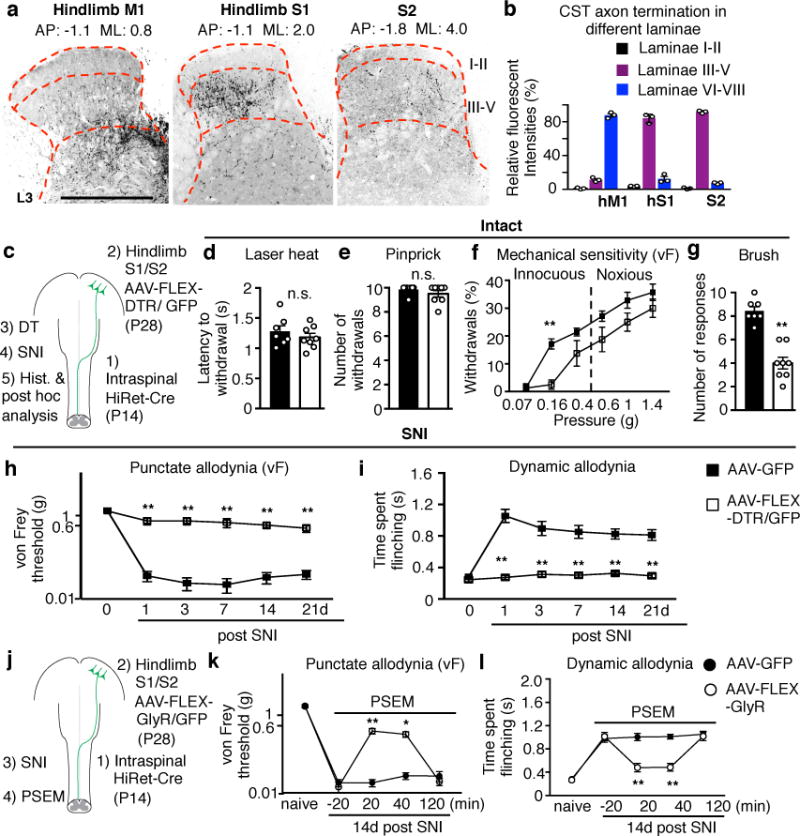Fig. 2. Hindlimb somatosensory CSN ablation causes specific loss of light touch response and mechanical allodynia.

a, Representative images showing projection patterns of CST axons originating from indicated cortical areas. Scale bar: 500 μm. b, Quantification of relative CST termination percentile within different laminae from indicated cortical areas (n=3). c, Schematic of regional CSN ablation where HiRet viruses were injected into the lumbar spinal cord (T13-L6) at P14. d-g, Measurements of sensitivity to laser heat (d, P=0.40), pinprick (e, P=0.28), von Frey filaments (f, P=0.004 for 0.16g) and brush stimuli (g, P<0.0001) in control (n=7), or hindlimb somatosensory CSN ablated (n=8) animals. h-i, Measurement of punctate and dynamic mechanical allodynia after SNI in control (n=7) and hindlimb somatosensory CSN ablated (n=8) animals. j, Schematic of S1/S2 CSN silencing when HiRet-Cre was injected into the lumbar spinal cord at P14. k-l, Measurement of punctate and dynamic allodynia after SNI with PSEM administration in AAV-FLEX-GlyR (n=7) or AAV-GFP (n=8) injected mice. In h, i, k, l, P= 0.0001 & 0.0006 for 14 and 21d in I; P=0.002 & 0.016 for 20 & 40 min in k, P<0.0001 for others with **. In d,e,g, two-sided t-test. In f, h, i, k, l, two-way repeated measures ANOVA followed by Bonferroni correction. Data are presented as mean±SEM.
